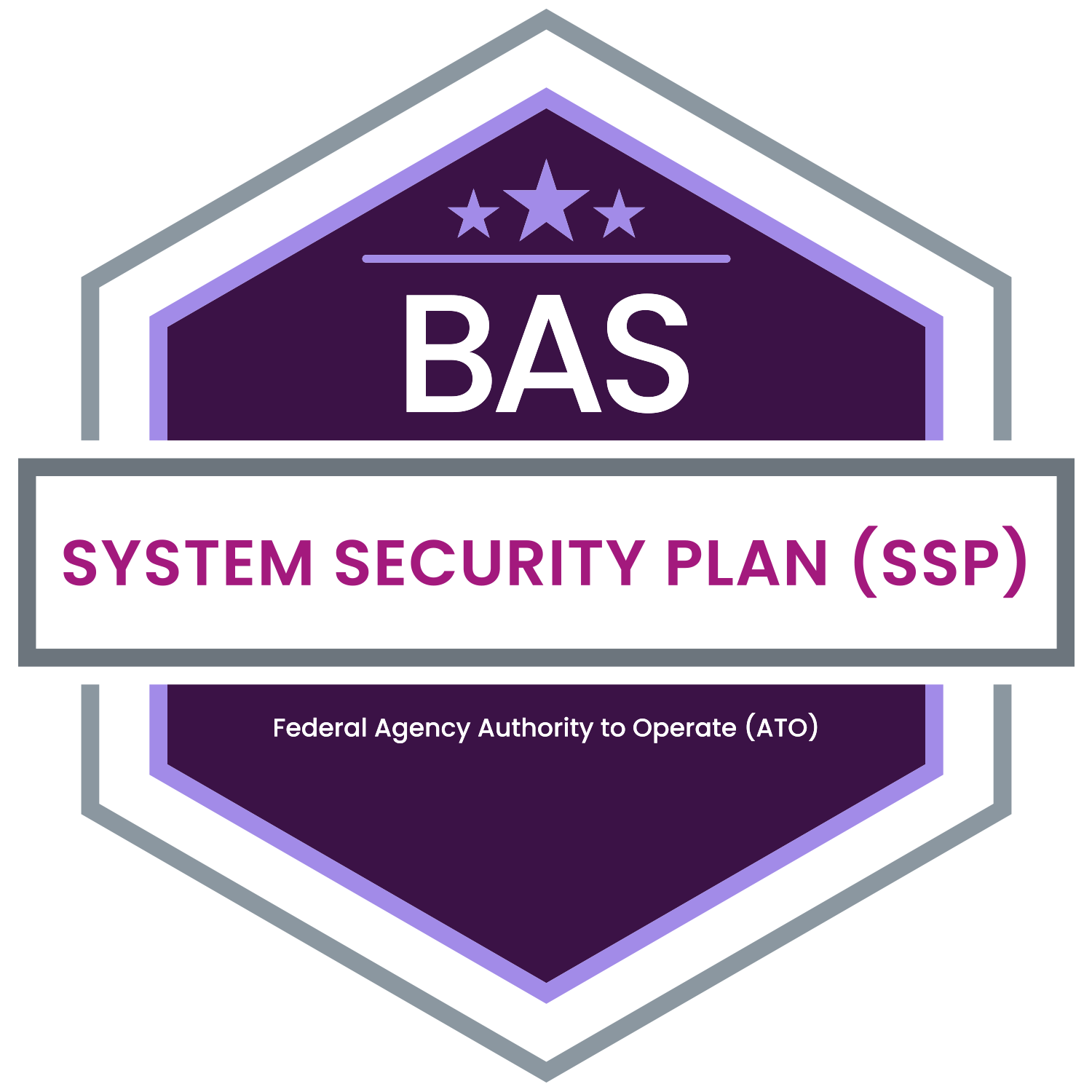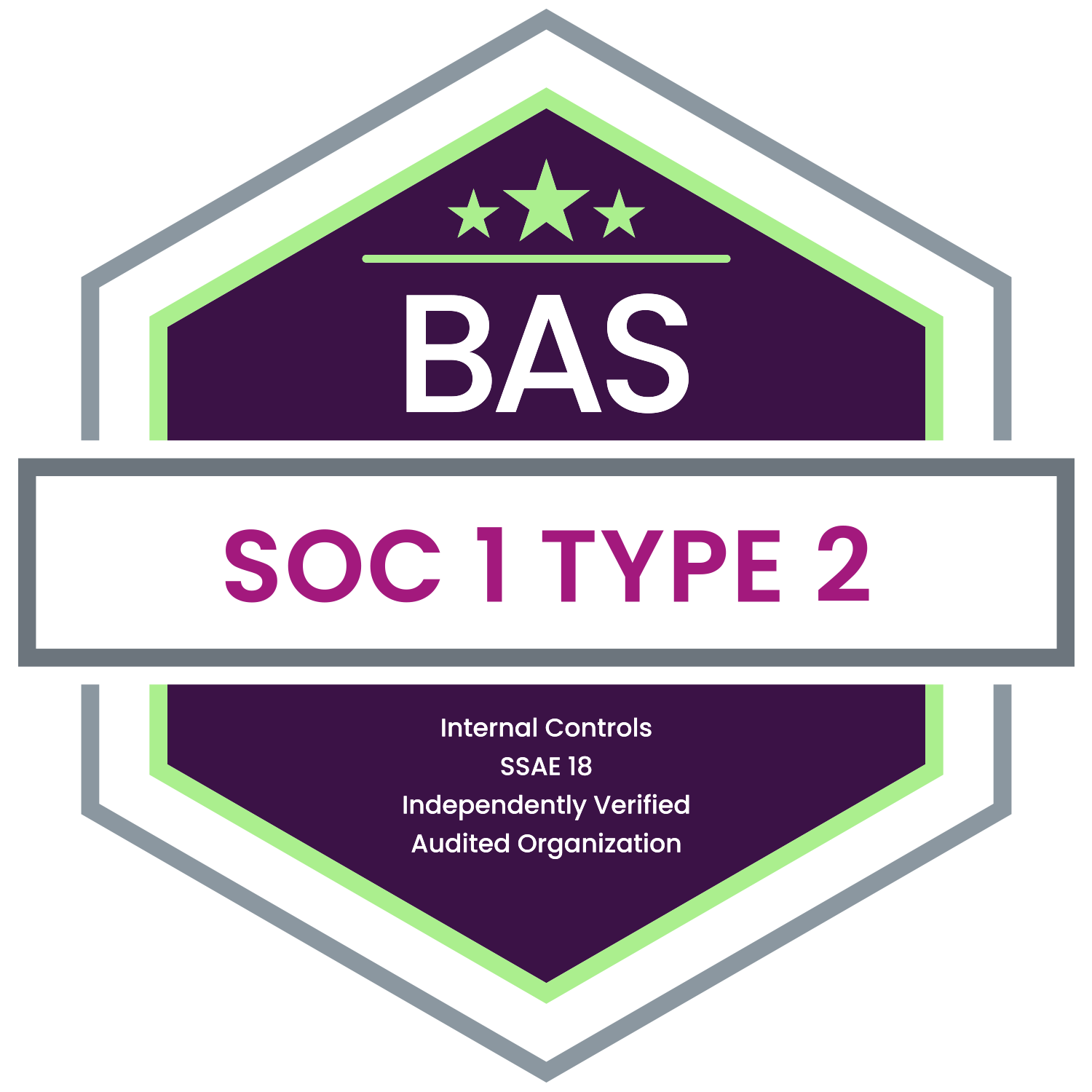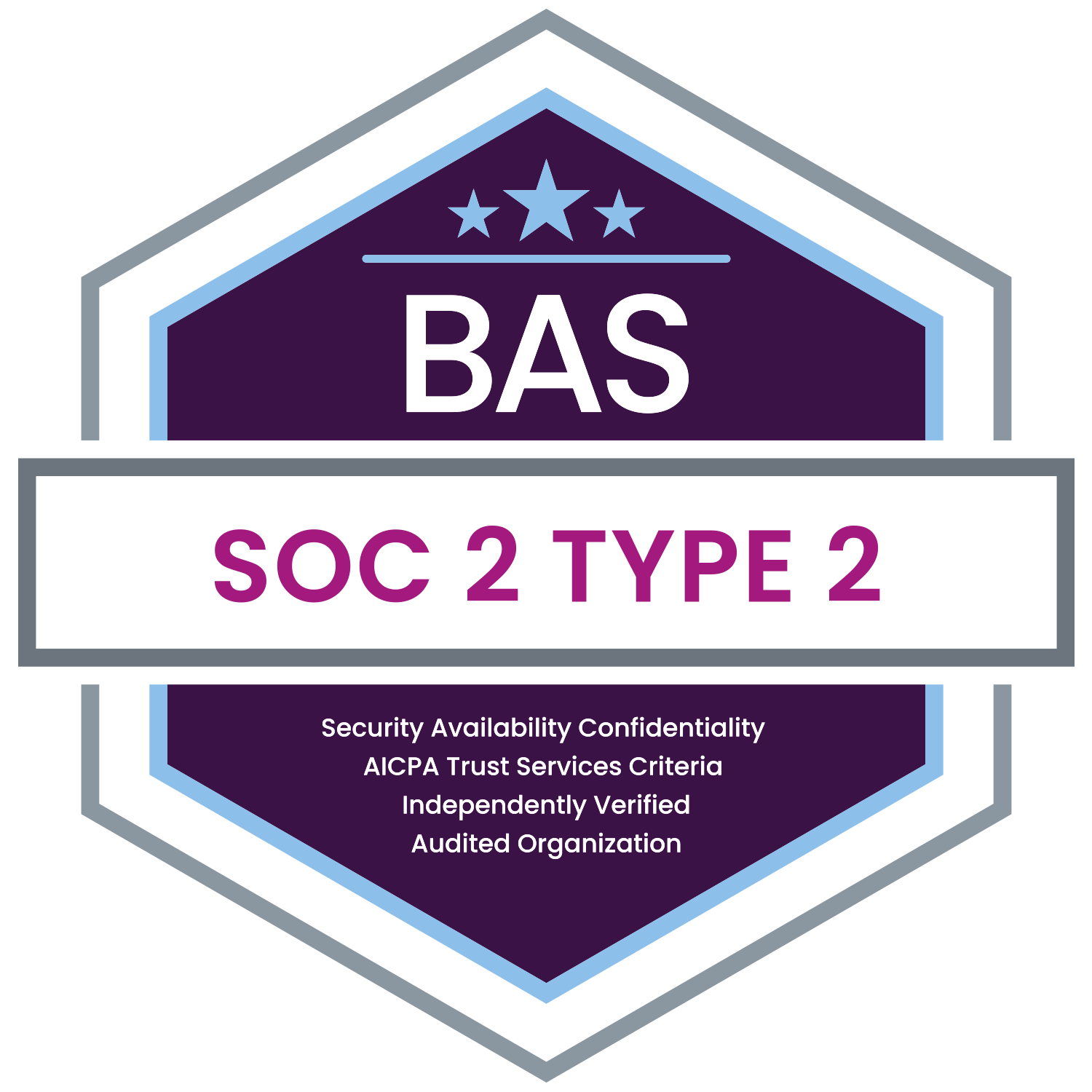Simplify ACA Reporting with Our Affordable and Accurate Solution
Multi-location employers face a unique ACA compliance challenge: maintaining consistent, compliant benefits administration across diverse geographic markets while managing complex employee counting and reporting requirements. Here's your roadmap for navigating these waters successfully.
The 50-Employee Threshold Challenge
Your ACA obligations aren't determined location by location, they're calculated enterprise-wide. This means a company with ten 8-employee locations is subject to full ACA requirements, including employer shared responsibility penalties. Many HR professionals miss this critical point, thinking their small individual locations exempt them from compliance.
Start by implementing robust employee counting procedures that aggregate all locations monthly. Track both full-time employees and full-time equivalents across your entire organization.
Standardizing Coverage Across Markets
One of your biggest challenges is ensuring uniform plan offerings that meet ACA requirements while addressing different regional needs and costs. Healthcare markets vary dramatically. For example, what's affordable in downtown San Francisco may be expensive in rural Kansas.
Establish consistent eligibility criteria across all locations. If your Kansas location offers coverage after 60 days and your California location waits 90 days, you're creating compliance risks and employee relations nightmares. Standardize waiting periods, measurement periods for variable-hour employees, and break-in-service rules company-wide.
When designing your benefits package, aim for offerings that meet ACA requirements in your most expensive markets. This ensures compliance everywhere while simplifying administration.
Managing Variable Hour Employees
Multi-location operations often rely heavily on part-time and variable-hour employees, making measurement period management important. Coordinate these periods across all locations. You can't have different measurement periods for identical positions in different cities.
Pay special attention to employees who transfer between locations or work at multiple sites. Their hours must be aggregated across all locations when determining full-time status. Create clear procedures for tracking these employees and communicating status changes between location managers.
Affordability Calculations Across Markets
Managing affordability requirements becomes complex when your workforce spans different economic regions. The ACA's affordability safe harbors, W-2 wages, rate of pay, and federal poverty line, apply uniformly, but their practical impact varies significantly by location.
Consider an employee earning $15/hour in rural Alabama versus downtown Seattle. While their rate of pay is identical, local living costs and housing markets create different financial pressures. However, your affordability calculation must be consistent across all locations.
Use the most restrictive safe harbor that works across all your markets. Many multi-location employers find the federal poverty line safe harbor most reliable, as it provides consistency regardless of local wage variations. Document your chosen method and apply it uniformly because switching between safe harbors by location creates compliance risks.
The Reporting Reality
Remember that ACA penalties are assessed enterprise-wide, not per location. A compliance failure at one small location can trigger penalties calculated on your entire workforce. This makes consistent compliance monitoring across all locations essential rather than optional.
Success requires thinking enterprise-first while managing locally. Standardize your policies, train your people, and monitor compliance consistently. Your multi-location structure doesn't have to mean multi-compliance headaches.
Benefit Allocation Systems (BAS) provides best-in-class, online solutions for: Employee Benefits Enrollment; COBRA; Flexible Spending Accounts (FSAs); Health Reimbursement Accounts (HRAs); Leave of Absence Premium Billing (LOA); Affordable Care Act Record Keeping, Compliance & IRS Reporting (ACA); Group Insurance Premium Billing; Property & Casualty Premium Billing; and Payroll Integration.
MyEnroll360 can Integrate with any insurance carrier for enrollment eligibility management (e.g., Blue Cross, Blue Shield, Aetna, United Health Care, Kaiser, CIGNA and many others), and integrate with any payroll system for enrollment deduction management (e.g., Workday, ADP, Paylocity, PayCor, UKG, and many others).
This article is for informational purposes only and is not intended as legal, tax, or benefits advice. Readers should not rely on this information for taking (or not taking) any action relating to employment, compliance, or benefits. Always consult with a qualified professional before making decisions based on this content.









